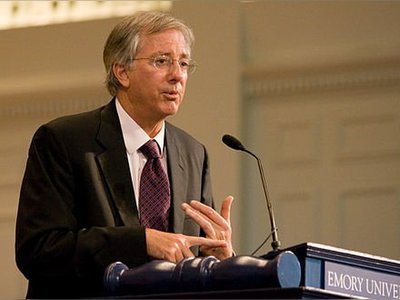Matthias Rakosi: The Rise and Fall of Hungary's Communist Leader

Matthias Rakosi, born Mátyás Rákosi on March 14, 1892, and passing away on February 5, 1971, was a Hungarian-Jewish communist politician who played a prominent role in Hungary's political landscape from 1945 to 1956.
He served as the first Secretary-General of the Hungarian Communist Party, which later changed its name to the Hungarian Workers' Party in 1948. Rakosi's leadership was marked by a regime of terror and suppression, eventually leading to his resignation and exile to the Soviet Union following the Hungarian Revolution of 1956.
Early Life:
Rákosi was born in the city of Ada (in what is now Serbia) as Mátyás (Matthias) Rosenfeld. He was the sixth child in a poor Jewish family, the son of Joseph Rosenfeld, a grain merchant, and Cecília Ledrer. His father completed three grades of school, and his mother had only six years of elementary education.
The family had 12 children, with ten reaching adulthood. His siblings included Bella (1886–1944), Jolan (1888–?), Gizella Matild (1890–?), Erzsebet (1895–1944), Margit (1896–1932), Zoltan (1898–?), Maria (1902–1938), Ferenc (1904–2006), Dezso (1906–1990), and Henrik (1908–1944). He served in the Austro-Hungarian army during World War I and was captured by the Russians. It was during his time as a prisoner that he became a communist.
After his release, he returned to Hungary and was one of the founders of the Hungarian Soviet Republic led by Béla Kun. When the Hungarian Soviet Republic fell, Rákosi fled Hungary and eventually found refuge in the Soviet Union, where he became a prominent figure in the Comintern, the international communist organization.
Return to Hungary and Rise to Power:
Rákosi returned to Hungary in 1940 and was imprisoned by the anti-communist government of Miklós Horthy. He was released from prison in 1944, and after the Red Army's occupation of Hungary in 1944-1945, he played a key role in establishing the new communist regime. He became the de facto ruler of Hungary and served as both the General Secretary of the Hungarian Communist Party and the Prime Minister of Hungary from 1952 to 1953.
Rákosi portrayed himself as Stalin's most loyal Hungarian disciple, attempting to establish a totalitarian and authoritarian communist regime in Hungary. His leadership was characterized by the implementation of Stalinist policies, including forced collectivization of agriculture and the suppression of dissent. These policies led to economic hardship and a decline in living standards for the Hungarian people.
Stalin's death in 1953 weakened Rákosi's grip on power, and the Yugoslavs, under the leadership of Marshal Tito, began to assert their independence from Soviet control. Calls for reform both within and outside Hungary grew louder. In an attempt to quell internal and external dissent, Rákosi appointed Imre Nagy, a reformist communist, as Prime Minister in June 1953, while retaining his position as General Secretary of the Communist Party.
1956 Revolution and Fall from Power:
In 1956, Nikita Khrushchev delivered his secret speech denouncing Stalin's crimes, sparking a wave of political liberalization across Eastern Europe. In Hungary, Imre Nagy addressed the Hungarian Communist Party's 20th Congress and criticized the excesses of Stalinism, including the unjust imprisonment of László Rajk.
Nagy's speech triggered a crisis within the Hungarian Communist Party, leading to Rákosi's removal from power. Rákosi's attempts to maintain control resulted in a growing wave of protests and demonstrations against the communist regime.
The Hungarian Revolution of 1956 erupted, with demands for political freedom, democracy, and the withdrawal of Soviet troops from Hungary. Rákosi's authoritarian rule was a focal point of public anger, and his policies were heavily criticized.
In response to the uprising, the Soviet Union sent in troops to crush the Hungarian Revolution. Imre Nagy, who had briefly assumed power during the revolution, was arrested, and Rákosi briefly returned to Hungary in an attempt to regain control. However, the international community condemned the Soviet intervention, and Rákosi's influence dwindled further.
Exile and Death:
Rákosi went into exile in the Soviet Union and lived there for nearly 14 years. In May 1970, there were reports that he might return to Hungary, which led to demands for his trial. However, he chose not to return to Hungary or engage in politics and remained in the Soviet Union. He passed away in Gorky (now Nizhny Novgorod), Russia, in February 1971 and was buried in Budapest.
Matthias Rákosi's legacy is marked by his role in establishing and enforcing a repressive communist regime in Hungary, which led to economic hardship and political oppression. His fall from power during the 1956 Hungarian Revolution symbolized the rejection of Stalinist policies and the desire for greater political freedom and democracy in Hungary.
- מתיאש ראקושיhe.wikipedia.org




